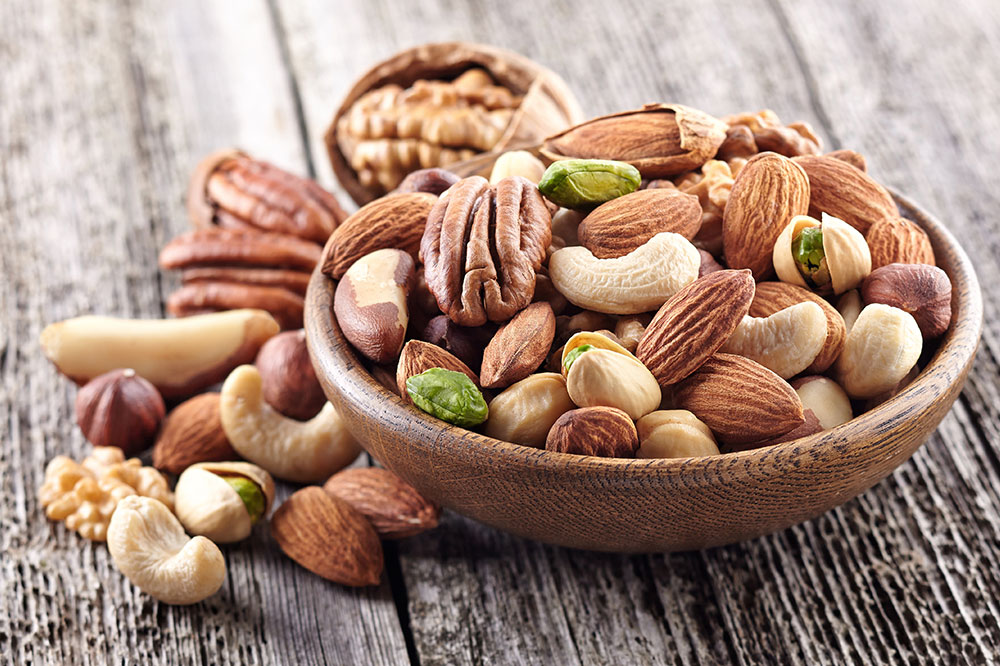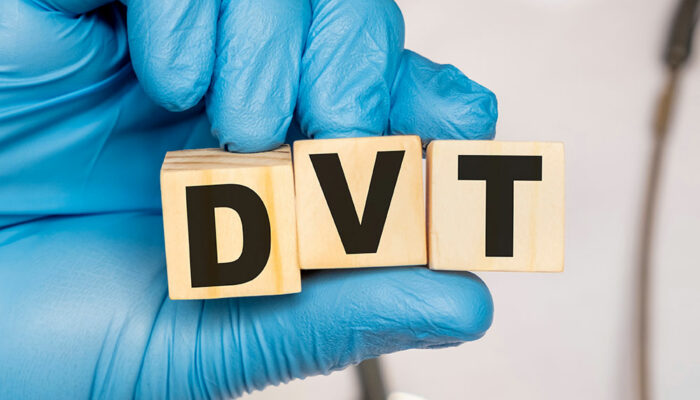
5 Foods for an Overactive Bladder
Although there is no set treatment method to follow for overactive bladder issues, certain changes in the meal options can help substantially. The right foods can help improve the urinary system’s overall health while some others can lead to amplification of the condition. This article talks about foods, that when included in an overactive bladder diet, will help gain control over the condition and help decrease the number of bathroom visits throughout the day.
5 Foods for an Overactive Bladder
1. Berries
Berries, when added to meals on a regular basis, have the ability to bring down bladder swelling and help prevent symptoms of an overactive bladder. Consume them as part of salads, cereals, desserts, or in the form of smoothies. Berries are rich in antioxidants since they contain high amounts of vitamin C and are often recommended for patients with urinary tract infections. Berries in desserts or just by themselves help eliminate trigger foods like sugar from overactive bladder diets. Foods rich in corn syrup or fructose increase bladder irritation, leading to an aggravation of symptoms.
2. Cruciferous veggies
Cruciferous vegetables are known to be effective against prostate enlargement. Enlargement of the prostate is among one of the major reasons for overactive bladder in men, and it is therefore recommended to include cruciferous vegetables in meals for an overactive bladder. Additionally, vegetables like broccoli, kale, and cauliflower have high amounts of vitamin C. Note that spicy food is a strict no-no for these cases. It has been observed that people with bladder irritation and a tendency to eat spicy foods have trouble managing their symptoms. Spices cause increased inflammation, leading to flaring up of symptoms.
3. Nuts
Munching on some nuts during the day can help you live a healthier life. They are especially beneficial as foods for an overactive bladder since they take care of the health of the bladder, prostate, and the urinary tract. Adding nuts like pecans, brazil nuts, pistachios, and almonds can make breakfast bowls, salads, and mid meals healthier.
4. Protein-rich foods
Lean meat, such as fish, chicken, and eggs, is one of the best sources of protein since it is easily digested. Vegetarian protein sources like tofu also work efficiently for the health of the urinary tract and the bladder. These foods are help in keeping up the body’s energy levels and controlling the symptoms of bladder incontinence. Protein also helps the body to recover while resting, causing it to regain its strength. Plus, it plays a crucial part in the muscle strengthening process.
5. Whole grains
Constipation has been known to be an aggravator of overactive bladder symptoms. In such cases, addition of foods that are high in fiber content seems to help. Whole grains like quinoa, buckwheat, oats, rye, barley, and millets, are a great way of incorporating fiber into an overactive bladder diet. Swapping out the regular refined breads, pastas, and noodles with high fiber variants helps add whole grain foods to the daily menu. For people with gluten allergies, gluten-free grains like buckwheat, oats, brown rice, and millets will do the trick.



